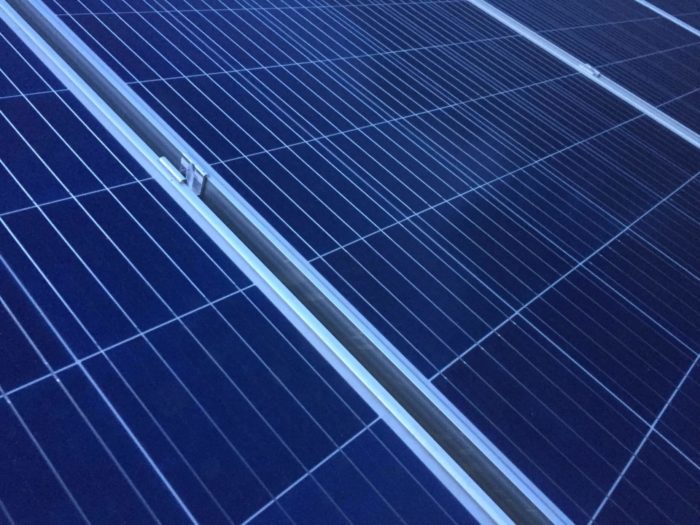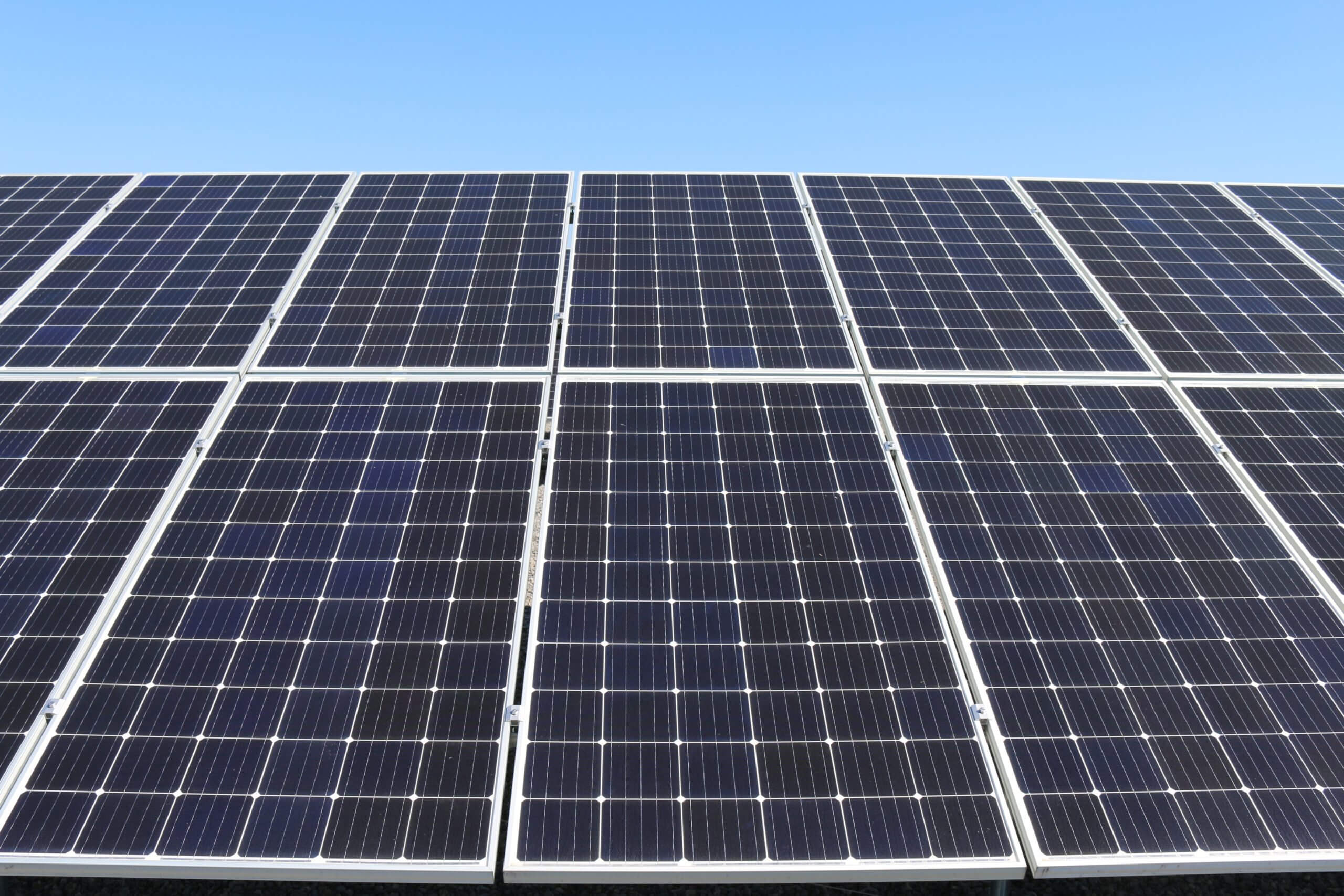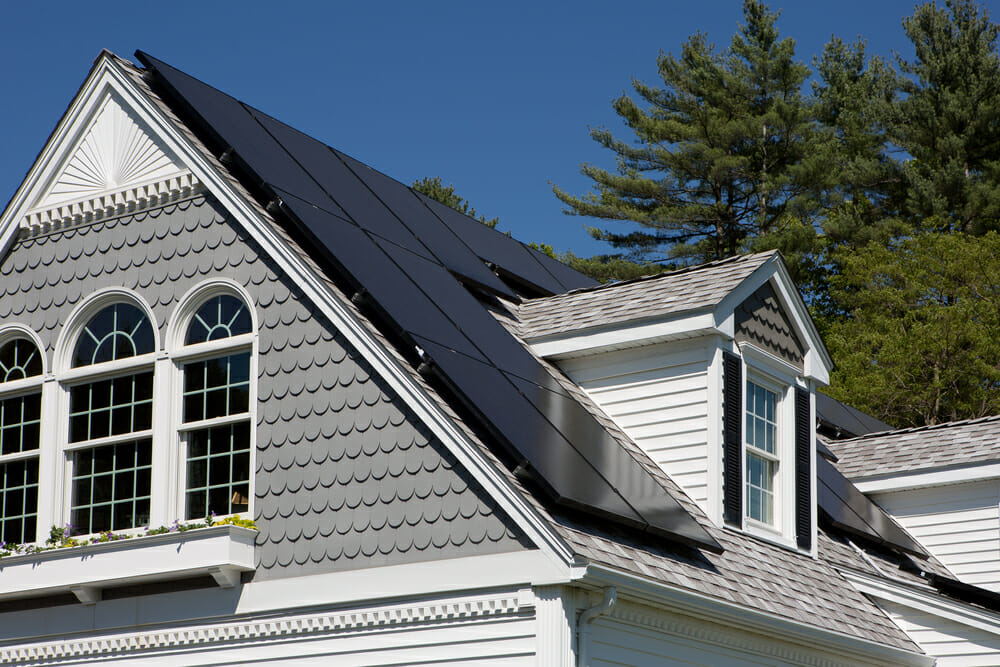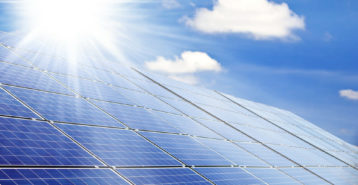What Is a Polycrystalline Solar Panel?
There are four main types of solar panels: solar shingles, monocrystalline panels, polycrystalline solar panels, and thin-film solar cells. Polycrystalline panels are made by melting multiple silicon crystal fragments together and then molding them into shape. The manufacturing process for these panels is low-waste and cost-effective. Their affordability made them a popular choice for homeowners for many years. They’ve lost some popularity in recent years, though, as other panel types can be more efficient. As a result, monocrystalline panels have become the preferred choice for many homeowners.

Advantages and Disadvantages of Polycrystalline Panels
Advantages:
- Durability: Polycrystalline panels can withstand a variety of weather conditions, ensuring they perform well over their lifespan, even in harsh climates.
- Price: Since polycrystalline panels are made using a cost-effective process, they are generally cheaper than monocrystalline panels. This makes them an appealing choice for budget-conscious homeowners.
Disadvantages:
- Efficiency: Polycrystalline panels are less efficient than monocrystalline solar cells, meaning they convert less sunlight into usable energy. You might need to install more panels to meet your energy needs, leading to higher installation costs.
- Degradation: While most solar panel types degrade slowly over time, polycrystalline panels tend to degrade at a faster rate than their monocrystalline counterparts. Because of this, they may lose efficiency more quickly.
How Much Do Polycrystalline Solar Panels Cost Per Watt?
Before installation, you can expect to pay anywhere from $0.90 to $1 per watt for polycrystalline solar panels. However, this price varies based on several factors, such as your location, the size and pitch of your roof, and the complexity of the installation. Keep in mind that these prices are for the panels themselves, and you’ll have additional costs for professional solar installation, mounts, and inverters.
To get an accurate price quote, it’s best to consult with a local solar installer who can provide a personalized estimate based on your home’s specific characteristics.
Polycrystalline Solar Panel Efficiency
Polycrystalline panels are typically less efficient than monocrystalline panels. While the efficiency of polycrystalline panels generally falls in the range of 13% to 16%, monocrystalline panels can reach efficiencies of 20% to 25%. The lower efficiency means that you may need more polycrystalline panels to generate the same amount of energy as fewer monocrystalline panels. If space is limited on your roof, you might want to consider monocrystalline panels, despite their higher initial cost, for better energy output.
If you live in an area with ample space for your solar panel system, polycrystalline panels might be a good option if you’re focused on saving money upfront.
Which Is Better: Monocrystalline or Polycrystalline Solar Panels?
Choosing between monocrystalline and polycrystalline panels ultimately comes down to your energy needs and budget.
- Budget-conscious homeowners may find polycrystalline panels more attractive due to their lower price tag. They are a good option if you have the space for a larger number of panels and want to minimize your upfront solar costs.
- For homeowners looking for better energy efficiency, monocrystalline panels are the way to go. While they cost more initially, they’re more efficient, which means you’ll need fewer panels to generate the same amount of energy. Monocrystalline panels also tend to last longer and degrade more slowly over time.
Cost Analysis of Polycrystalline vs. Monocrystalline Solar Panels
Here’s a breakdown of the cost ranges for both polycrystalline and monocrystalline solar panels:
- Polycrystalline panels: $0.90 to $1.50 per watt
- Monocrystalline panels: $1.00 to $1.50 per watt
If you’re considering installing solar panels on an average-sized home in the U.S., here’s what you can expect to pay before installation and additional hardware:
- Polycrystalline: $4,500 to $7,500
- Monocrystalline: $5,000 to $7,500
The price range for both options can overlap, so the decision may come down to the specific needs of your home and energy usage.
| Feature | Monocrystalline | Polycrystalline |
|---|---|---|
| Appearance | Black uniform color | Blue speckled appearance |
| Efficiency | 20% to 25% | 13% to 16% |
| Cost per Watt | $1.00 to $1.50 | $0.90 to $1.50 |
| Space Efficiency | High – fewer panels needed | Lower – more panels may be needed |
| Lifespan | 30 to 40 years | 25+ years |
| Performance in Heat | Performs better in high temperatures | Less efficient in high temperatures |
| Durability | High durability | Durable but degrades faster than monocrystalline |
| Installation Area | Ideal for homes with limited roof space | Best for homes with ample roof space |
| Upfront Cost | Higher | Lower |
| Best For | Long-term savings and maximum efficiency | Budget-conscious homeowners with more roof space |
What Is the Lifespan of a Polycrystalline Solar Panel?
Polycrystalline panels typically last around 25 years or more. However, this number dpends on several factors:
- Climate
- Installation quality
- Panel maintenance
In general, monocrystalline panels last a little longer, often reaching 30 to 40 years.
Over time, the efficiency of all solar panels degrades slowly, with the panels typically losing about 0.5% to 1% of their efficiency each year. With proper maintenance, both polycrystalline and monocrystalline panels can last well beyond 25 years. However, keep in mind that the longer you use your panels, the more likely they are to decline in production.
Can I Mix Monocrystalline and Polycrystalline Solar Panels?
Technically, you can mix both monocrystalline and polycrystalline panels in the same solar energy system, but we don’t recommend it. The two types of panels operate at different voltages, which can cause issues with your system’s overall performance. Mixing the two can result in uneven power production and decreased efficiency. This will make it harder to get the maximum benefit from your solar energy system.
To ensure optimal performance, it’s best to stick with one type of panel throughout your entire system.
What Are the Best Polycrystalline Solar Panels?
The best polycrystalline solar panels for your home depend on your specific needs, such as energy usage, roof space, and climate. Check out our top solar companies for a full list of trusted solar panel installers.
To find the right polycrystalline solar panels for your home, consider consulting with a professional solar installer who can evaluate your home’s energy needs and help you select the best panels for your situation.
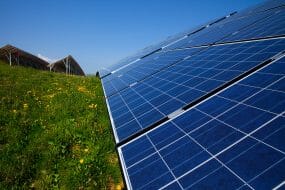
The Final Word on Polycrystalline Solar Panels
Polycrystalline solar panels can be an excellent choice for homeowners looking to save on initial costs. They may not offer the same efficiency as monocrystalline panels, but they’re still a reliable and durable option for generating clean, renewable energy.
Whether polycrystalline or monocrystalline panels are right for you depends on factors like your budget, available roof space, and energy needs. As solar technology continues to improve, both options are likely to become even more affordable and efficient, making solar energy an accessible option for homeowners across the country.
To make the best decision for your home, consult with a local solar installer who can guide you through the options available and help you determine the best solution for your energy goals.
Compare top-rated solar pros in your area.
Read real homeowner reviews, explore qualifications, and view promotions. Modernize makes it easy to browse professionals and find one that will be perfect for your project.
